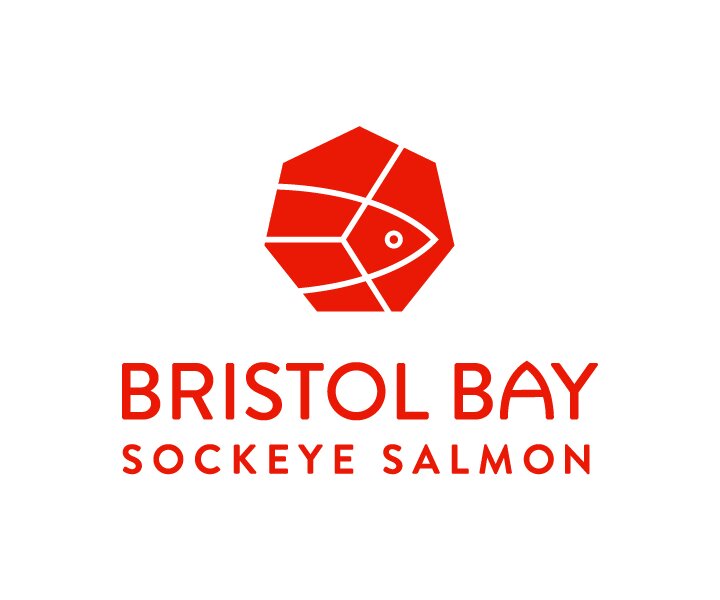Summary of Market Conditions
/With the Bristol Bay season nearly complete, now is a good time to check back in on sockeye market conditions and provide some analysis. The supply-and-demand picture has changed somewhat since our last update, informed by fishery harvest volumes and updated data. It appears likely that global sockeye supply will decline even more than expected, even though the Bay’s harvest came in above forecast. Typically demand for salmon, particularly wild salmon, is much less volatile than supply, but these are not normal times. Tighter supplies will be supportive for wholesale and retail pricing, but will face headwinds from a strong U.S. dollar, low farmed salmon prices, and COVID-induced uncertainty.
More than ever, sockeye pricing will be a function of how much buyers differentiate sockeye salmon from farmed salmon. If a large percentage of buyers are committed to buying premium wild salmon, they’ll have to pay up for it… or they may choose to save money by buying farmed Atlantic salmon, of which there will probably be ample supply due to decreased restaurant sales and demand shifts in China. If a large percentage of consumers choose the latter, wholesale sockeye pricing may be weaker. Demand for healthy food, such as wild sockeye salmon could play a big factor, too.
Due to tight supplies there is likely a higher floor on wholesale sockeye prices following this season, barring a deep recession in key markets or some type of COVID salmon scare akin to what we saw in China.
Here’s an update on specific supply/demand factors:
- Thus far, Bristol Bay is the lone bright spot for sockeye runs and is accounting for a historic percentage of the state and global harvest. Last season, Bristol Bay accounted for 81% of Alaska’s sockeye harvest, the most in at least 30 years (1990-2019 average = 60%). Thus far, the Bay accounts for 91% of Alaska’s sockeye harvest! Russian sockeye harvests appear well behind last year and Canadian sockeye harvests will be a non-factor this year. It’s possible, probably even likely, that this year’s global sockeye harvest will be less than 300 million pounds (it was over 400 million pounds last year). That would represent a global supply reduction in excess of 25%.
- The last time global sockeye supply was really tight was in 2013. The base price for Bristol Bay sockeye was $1.50 that year; however, farmed salmon prices were 32% higher, the Bay harvest was relatively small, the U.S. dollar was 23% weaker, and of course no one knew was “social distancing” was. So, sales conditions were generally better in 2013. On the plus side, the U.S. sockeye market is far more robust now compared to 2013.
- Global salmon demand is expected to decline by 15 percent, according to a recent FAO market report (link: http://www.fao.org/in-action/globefish/market-reports/resource-detail/en/c/1296665/). Meanwhile, farmed salmon production is projected to decline by 2% in 2020. China recently halted farmed salmon imports due to a suspicion of the product carrying the COVID-19 virus. That assessment was proven false and trade is resuming, but import volumes are well below pre-scare levels and no one knows how long it will take recover. China has been a major driver in advancing global demand for salmon in recent years. In addition, lower restaurant traffic in major markets is pushing more supply to the retail sector where it competes with sockeye salmon. U.S. retail prices for Atlantic salmon fillets are down roughly $1.00 from this time last year.
- However, sockeye salmon is unique compared to farmed salmon and many other seafood species. Although difficult to quantify, we understand sockeye is much more likely to be sold at grocery/retail stores as opposed restaurants or cafeterias. Seafood sales at retail have been booming since March, with frozen salmon sales revenue up 42 percent. Even after the panic buying in March, both fresh and frozen seafood (moreso) have witnessed strong year-on-year sales growth. Of course, restaurant sales have dwindled to a trickle, but sockeye is simply not nearly as common on menus as farmed salmon. This is something BBRSDA hopes to improve in the long run, but obviously now isn’t a great time for working on that particular opportunity.
- Despite lower farmed salmon prices, we’ve seen strong demand for fresh Bristol Bay sockeye this year. BBRSDA is supporting fresh Bristol Bay sockeye promotions at over 500 stores this year. We have no reason to believe that demand for frozen sockeye will suffer too dramatically in months to come. While export prices for frozen H&G sockeye are down from recent years, the average price of fresh sockeye fillets promoted at U.S. retail outlets is up 4% over last July. Retail sales of fresh and frozen seafood (including salmon) have soared since March 2020.
- Canned salmon is also making a comeback due to COVID-19 sequestering people in their homes. Multiple reports cite increased sales for canned salmon as well as frozen seafood products, which is not surprising given that consumers are looking to stock up on items with longer shelf lives.
- Macroeconomic factors loom large this year. The short-term future of commerce is very uncertain, due to the COVID-19 pandemic. There are scenarios where this could help or hurt sockeye pricing. One thing is certain; however, there is more risk for nearly every business and household right now and that is factoring into decisions. As a result, it would not be surprising to see some buyers take a cautious approach.
- Finally, the COVID pandemic and poor salmon runs have likely had severe impacts on processing operations outside of Bristol Bay. This could affect the amount of working capital Bristol Bay processors have available to fund purchases in Bristol Bay.
Filed by Andy Wink on July 21, 2020




